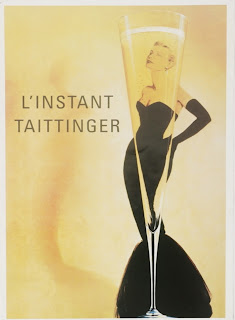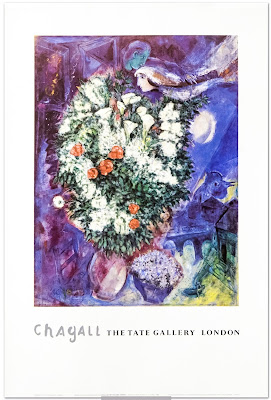It's the Eleventh Hour at the Green Mill Lounge
Laura Adkins - There is more to life than Nielsen. There is more to life
than Hindemith. When you first learn to play in a woodwind quintet, these
pieces are your whole world. There are just a handful of them, and they're all
you know. Now, I'm not knocking their musical merit by any means. But
there is a distinct failure among woodwind quintets to move beyond these works.
Sure they're great, but there's so much more.
This is what we've always wanted to do with Eleventh Hour.
We've all already played these standard pieces, and while we could approach
them from different directions and struggle to pump new life into the
proverbial dead horse, we figured we might as well find a live horse and see
what it could do.
So when we were offered the opportunity to play the Green Mill, we looked purposefully for new
pieces, less-popular pieces, and pieces that pushed the envelope in one way or
another. Eisler's quintet is often overlooked because Eisler himself is often
overlooked. Though he was a student of Arnold Schönberg, his Marxist beliefs
made him taboo to the music audiences of the time.
Jacques Hetu's quintet was written only 55 years ago, and
simply hasn't yet had much exposure. Maybe it's because musicians don't
typically think of the mid-60s as the Golden Age of woodwind quintets. Or maybe
it's because the piece is, quite simply, a little weird. I really have no idea,
but just because most musicians don't know the piece doesn't mean they
shouldn't. It was wildly fun to play, and we'd do it again in a heartbeat
(SPOILER ALERT: we probably will).
Tetrodotoxin (<25mg) was composed by our friend Scott Scharf specifically for this occasion.
It focuses on very gradual shifts in timbre and pitch, and requires the quintet
to play as one homogenous group for the entire duration of the piece. The
instructions from the composer were to break the sound as little as possible,
which obviously poses a problem for those of us who have to breathe (ie all of
us). Though it seems mind-numbingly simple, it's actually extremely difficult
to play repeated notes over and over, exactly the same, with minimal breathing
for 4 minutes straight. Then add in the gradual, almost imperceptible pitch
bends. Yeah. I won't lie: this was - at least for me - the most demanding piece
on the program, but I think we pulled it off, and we're so grateful to Scott
for taking a chance on us!
The last piece we played was an arrangement of the popular
tango "Por Una Cabeza." Arranged by whom? Our very own horn player,
Max. The arrangement was fun, melodic, and readily accessible - not something
that could easily be said of the rest of our pieces, which is why we programed
it. We always try to include at least one piece that really lets us loosen up
and just have fun. There was room for some improvisation and a lot of
shmaltzing, and believe you me, we took full advantage.
Once we settled on the rep, we had to get over our fear of
the venue. A lot of greats have played the Green Mill. A lot. And somehow we
ended up there. Magic? Maybe, maybe not. Whatever the reason, an insane amount
of preparation was really the only tonic for our nerves. It wasn't perfect - no
performance is - and it's doubtful that magic is what got us the gig, but the
experience was certainly magical.
Were you at the performance? Rate its magical-ness on a
scale from 1 to Harry Potter in the comments! (Ok, that's not an actual
scale...)



Comments
Post a Comment